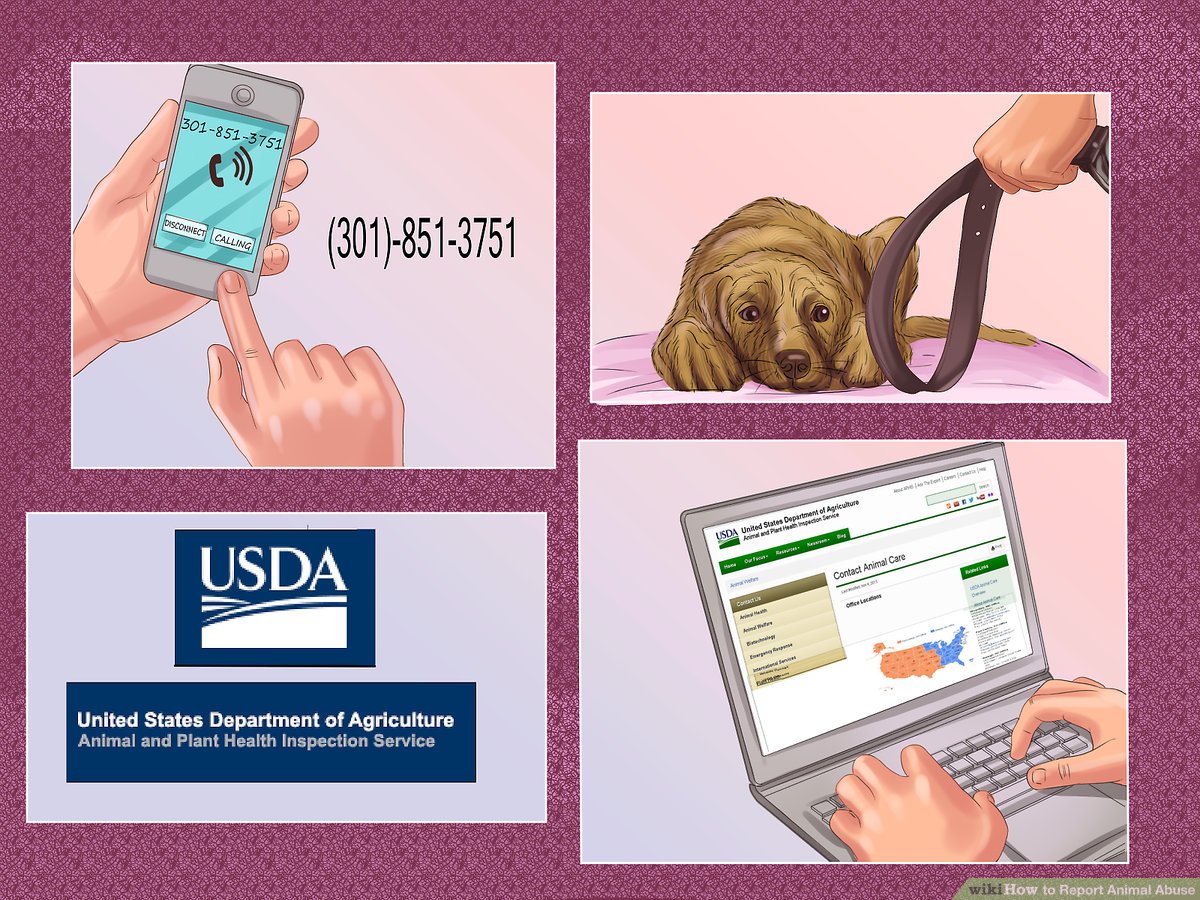In today’s digital age, social media platforms like Facebook have become vital spaces for community interaction, dialogue, and advocacy. However, these platforms also present challenges, particularly in combating animal cruelty. Instances of animal abuse may emerge in the form of distressing images or videos that circulate through users’ feeds. When faced with content depicting such abhorrent behavior, it is essential to know how to act decisively and report the offenders effectively. This guide will provide a comprehensive look at how to report someone on Facebook for animal cruelty, ensuring that the virtual world remains a safe space for all creatures.
Understanding the gravity of animal cruelty is crucial. It is not just a legal violation; it is a moral transgression that invites immediate action. The first step in addressing animal cruelty is recognizing it. This awareness allows individuals to spot unacceptable behaviors and distressing content. Typical examples include posts showcasing neglect, intentional harm, or hoarding situations where animals are kept in horrendous conditions. Once identified, the next step is reporting.
Before initiating the reporting process, consider gathering any relevant evidence to substantiate your claim. This includes screenshots of the offending post, any accompanying captions, or comments that may aid your report. Such documentation strengthens your case, providing Facebook’s moderation team with a clearer understanding of the situation.
Step 1: Navigate to the Offending Post
Your journey begins by locating the post that prompted your concern. Facebook’s interface is generally user-friendly, but it requires a keen eye. Take note of the profile from which the content originates and ensure that you are on the specific post. Click on the publication to bring up its individual page.
Step 2: Locate the Three Dots
Once you are viewing the post, look for the three horizontal dots, often referred to as the “More Options” button. This icon is typically situated in the upper right corner of the post. Clicking this will open a dropdown menu filled with options pertinent to the post in question.
Step 3: Choose “Find Support or Report Post”
From the options available, select “Find Support or Report Post.” This action shows Facebook your intention to take the matter seriously. Upon selection, a new menu will appear, allowing you to specify your concerns more precisely.
Step 4: Select the Appropriate Reporting Option
Here, you will find several categories that Facebook provides for reporting. For animal cruelty, choose the option that relates to violence or the portrayal of harmful behavior towards animals. It’s vital to select the most appropriate category to ensure that your report reaches the right department for review.
Step 5: Provide Additional Details
After selecting the relevant category, you may be prompted to provide more information about the post. This step can include outlining specific details about the abuse depicted, why it concerns you, and how it affects the animals involved. It is crucial to be as descriptive as possible, using clear and concise language to convey the urgency of the situation. Your thoroughness here reflects your commitment to advocating for the animals.
Step 6: Submit Your Report
Once you have filled out all necessary information, review your report for accuracy. Confirm that everything is factual and convey the seriousness of the situation effectively. Now, hit the “Submit” button. Your report is now in the hands of Facebook’s review team, who will assess the content based on their community guidelines.
Step 7: Follow Up
After submitting your report, it can be beneficial to monitor the post periodically. Facebook often sends notifications regarding the status of your report, informing you whether the post has been removed or if further actions are pending. If the offending content remains visible and continues to pose a threat to animals, consider escalating the report through other means, such as reaching out to local animal control or law enforcement agencies.
Understanding Facebook’s Role
It’s important to recognize that Facebook, as a corporation, is prone to certain limitations. While they possess the tools to combat animal brutality, enforcement can sometimes falter due to sheer volume. Hundreds of thousands of reports flood the platform daily. Thus, while reporting an individual account can feel daunting, every report contributes to a larger climate of accountability. It cultivates a culture where animal welfare is prioritized and supported.
In addition to reporting, it’s beneficial to engage in discourse around animal rights within your online communities. Share informative articles, rally friends to participate in local animal advocacy groups, and support organizations dedicated to rescuing animals. Your influence can extend beyond outrage at a solitary post; it can inspire a movement.
In conclusion, knowledge is power in the fight against animal cruelty. Facebook provides a vital avenue for reporting instances of abuse, allowing users to reclaim their space online and advocate for those who cannot speak for themselves. By taking these steps, not only can you hold individuals accountable, but you also foster a community where kindness and compassion for all living beings reign supreme.









